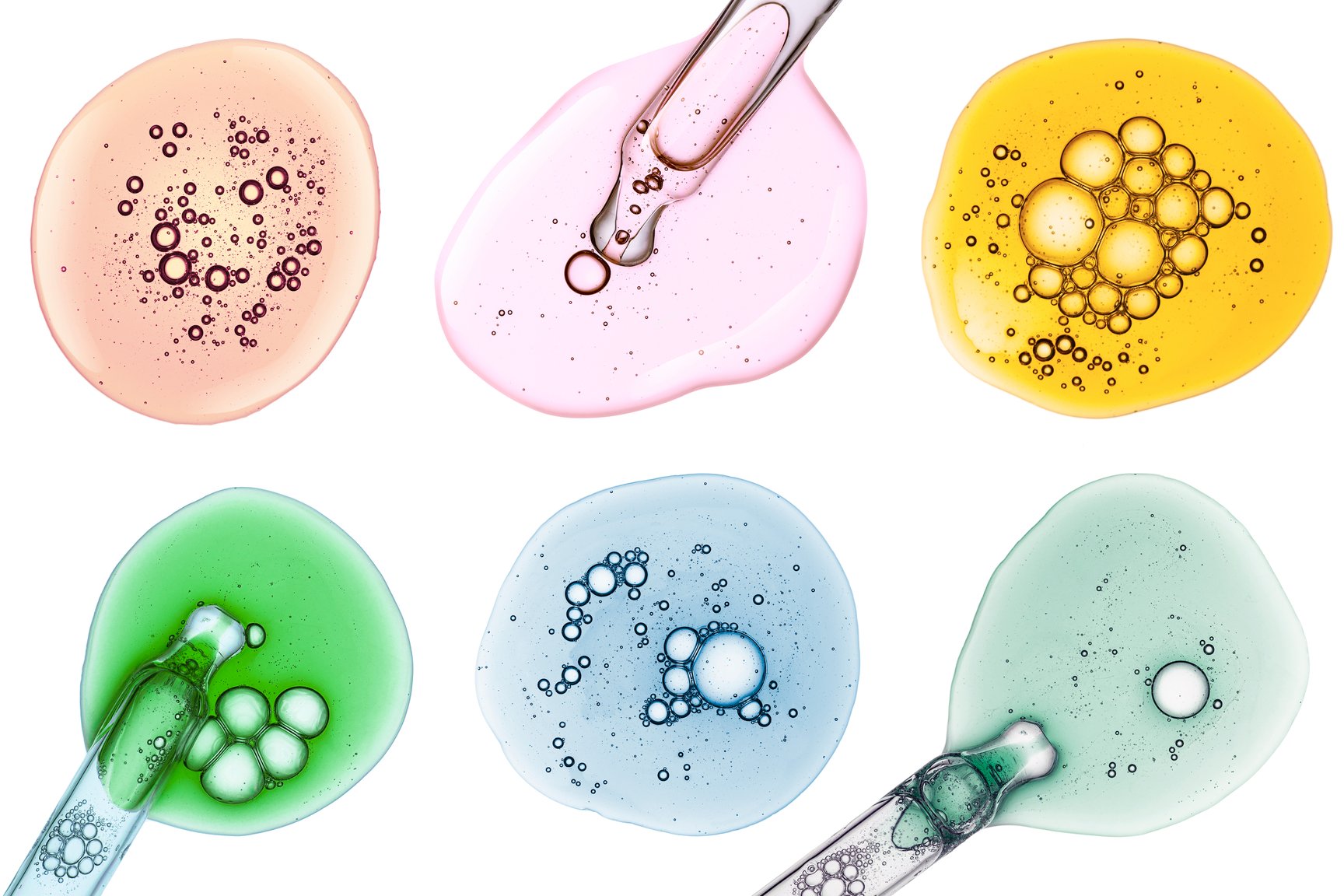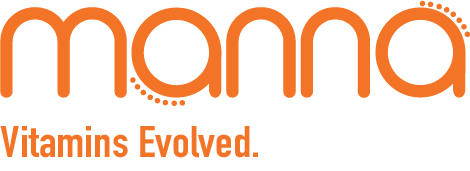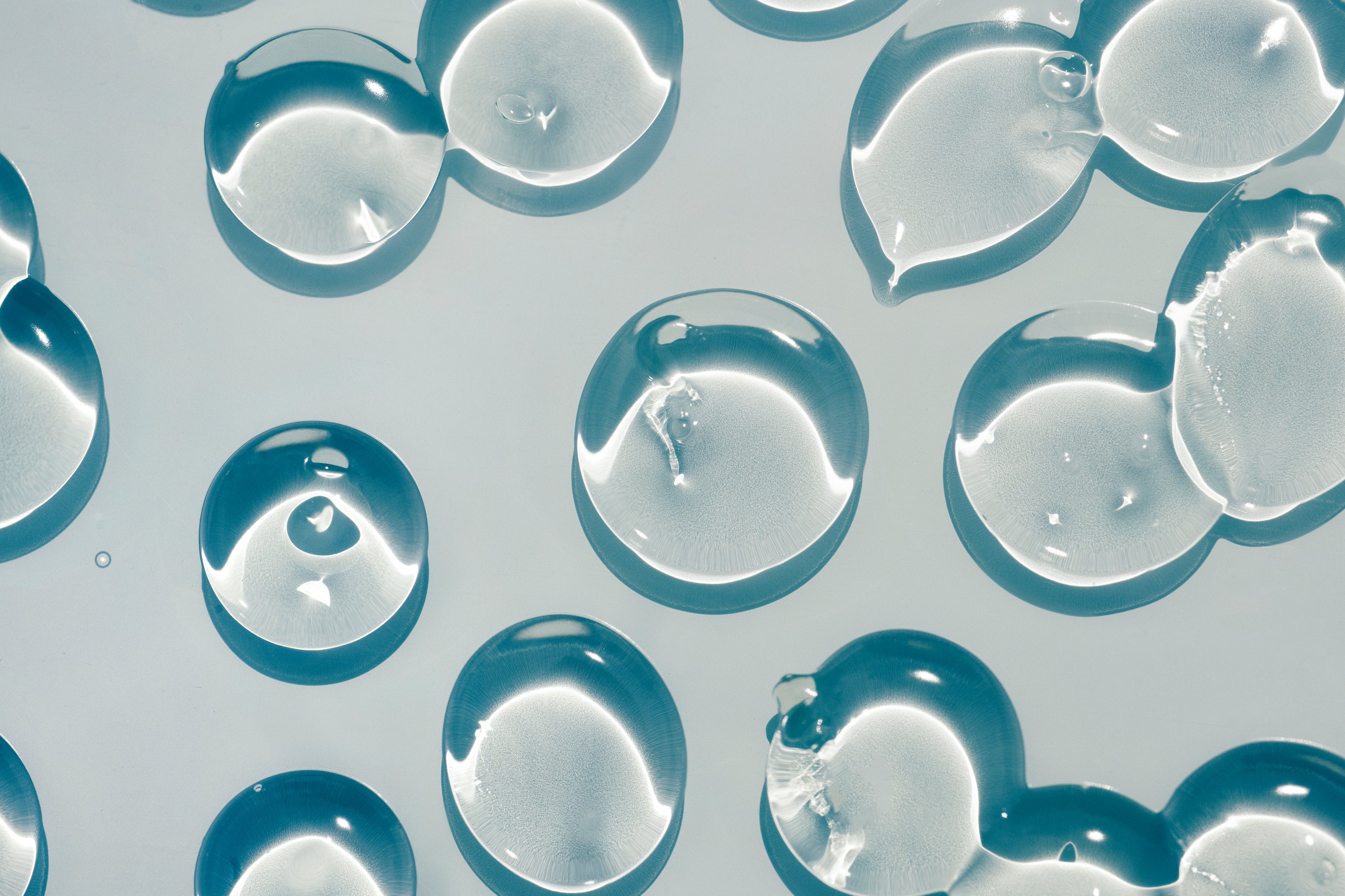
Why Are Liposomes The Best Way To Take Supplements?
What Are Liposomes?
Liposomes are essentially made up of the same material that our body’s cells are made of (essential phospholipids). Because of their ability to trick the body into thinking that they are cells, they’re able to deliver dietary supplements into the bloodstream at higher rates than pills or powders can.
How Liposomes Protect Vitamins
There is also evidence to suggest that because they are made of essential phospholipids (just like our cells), they’re more capable of sending nutrients deeper into the body. And their protective qualities are shown help to prevent stomach acids from destroying the vitamins before they reach their destination (the small intestine).
Benefits of Liposomes
- Higher bioavailability and absorption of supplements and other vital nutrients
- Protect nutrients from destructive stomach acids
- Increase the potential uptake rate through the mucose membranes in the mouth
- Increase the absorption of nutrients into cells
- Able to be both water-soluble and fat-soluble




Leave a comment
This site is protected by hCaptcha and the hCaptcha Privacy Policy and Terms of Service apply.